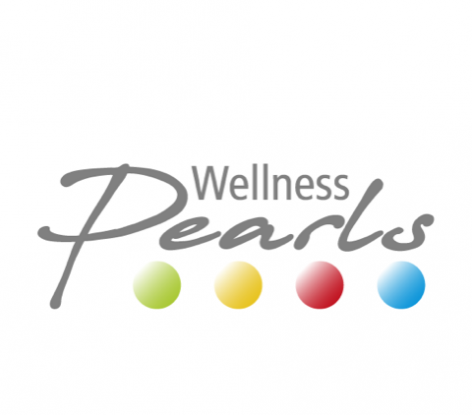Wellness dictionary
Little ABC for your spa-break questions ...
In their treatment discriptions, wellness hotels often use technical terms, which are hard to understand for potential guests. We have therefore collected and defined the most relevant terms in our small wellness ABC. A tip: Our wellness dictionary also supports word requests. You don't need to know the exact wording.
Select letters or search term:
Rolfing
Rolfing - what is that?
Rolfing is a manual method of improving posture by applying pressure to the connective tissue. Ida Rolf (1896-1979) was one of the first women to earn a doctorate in biochemistry and physiology in the USA. On the basis of her studies and practical experience, she developed her own method to improve the posture of the human body sustainably. She called this therapy method "Structural Integration", today this form of therapy is known as "Rolfing".
When does Rolfing help?
The method is based on the insight that the human body does not consist of independent individual parts, but rather has an overall structure that is often influenced by negative factors during the course of life. These include learned posture and movement habits, the genetic heritage, but also traumatic and emotional influences such as stress or accidents.
How is Rolfing structured?
The aim of Rolfing is to use a special form of massage to permanently release bad posture and tension. It is not the muscles that are treated, but the connective tissue surrounding the muscles, the so-called fascia. If the fasciae become sticky or harden, the body's freedom of movement is restricted and postural deformities can occur. Rolfing is therefore a method of realigning the body under the force of gravity. It is often used in health care to improve mobility and posture. In some cases Rolfing is also used to treat chronic pain, poor posture or physical changes in the form of injuries and accidents.
What does Rolfing do?
To prevent or remove existing fascial hardening, the various deep layers of the fascia are massaged with very slow movements all over the body. The massage is done with the hands, the fingers, but also very often with the elbows. The pressure load varies depending on the thickness, texture and position of the fascia. The aim is to penetrate into the deep layers of tissue, loosen the hardened and stuck connective tissue and push it back to the right place in the body. Positive effects of Rolfing include
- Relief of the spinal column
- Improvement of the own body perception
- Dissolving painful tensions
- Greater mobility
- Free Breathing
- More upright posture
By loosening the fasciae and the associated dissolution of connective tissue adhesions, body segments have the opportunity to return to their original position. A positive body feeling is created.
What exactly are fasciae?
Fasciae are the soft tissue elements of the connective tissue. They wrap around the whole body in the form of a tension network. A distinction can be made between three layers of fascia:
- Superficial fasciae
- Deep fasciae
- Visceral fasciae
Fasciae are very adaptable. Some of them can stretch a lot and can be trained. A well-known method is fascial training with a fascial roll.
Who does Rolfing?
The Rolfing method always focuses on the whole person in relation to their environment. Therefore Rolfing does not treat illnesses, but rather the healing of illnesses is the result of the overall straightening of the body structure.
Reasons why the Rolfing method is used include
- Unilateral load on the body
- Restrictions in mobility
- Remain in a protective posture
How often is Rolfing done?
Rolfing therapy usually consists of ten sessions of 50 - 90 minutes each lasting three months. These sessions are usually dedicated to different topics such as breathing, the position of the head or contact with the ground. Each time a new analysis of the current posture and body structure is made. Based on the results, a manual treatment takes place. Initially the treatment always takes place on a couch and is supplemented by elements in sitting, standing or moving. The specific treatment is intended to improve the structure, posture and movement patterns of the body.
Rolfing in medicine
At present, the medical efficacy has not been proven and there are few reliable data. Therefore health insurance companies do not cover the costs of Rolfing treatment at this time. Rolfing is also not considered a recognised natural healing method.
Related topics: Blackroll Fasciae Jacobson - Progressive muscle relaxation Osteopathy Stress Management Wellness

